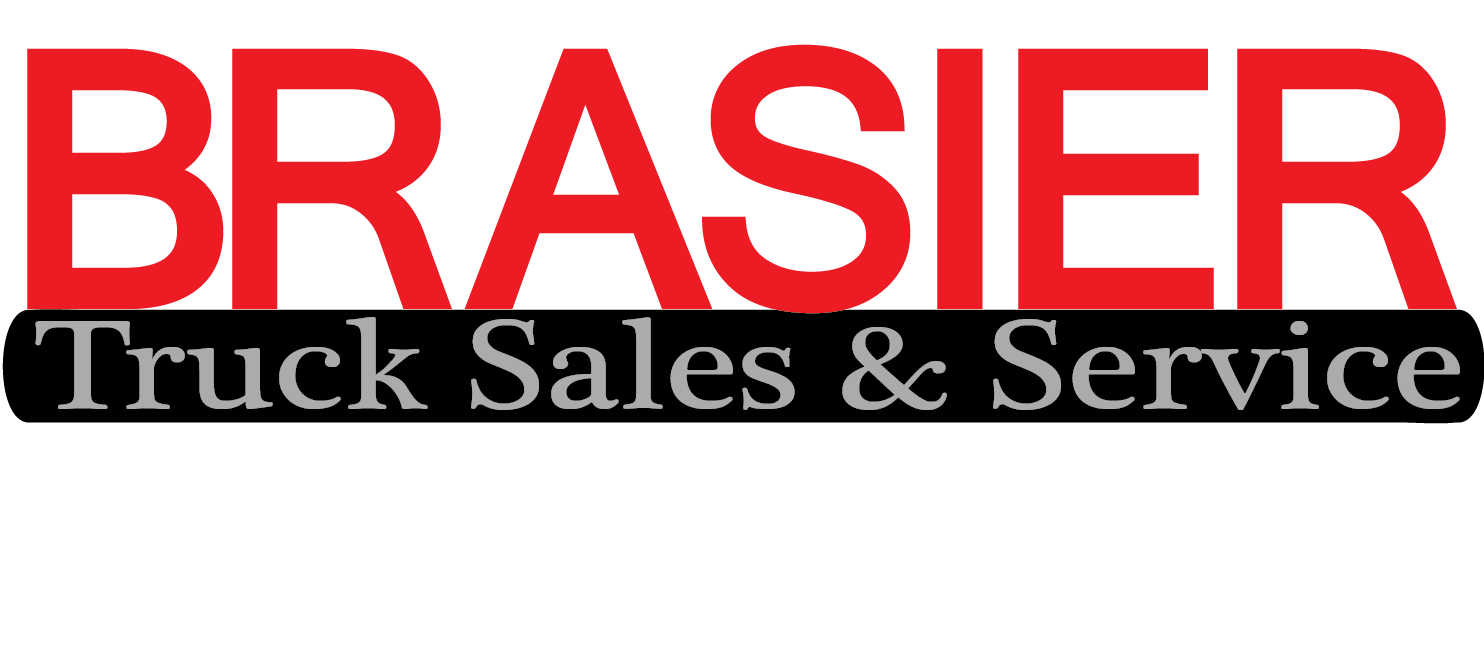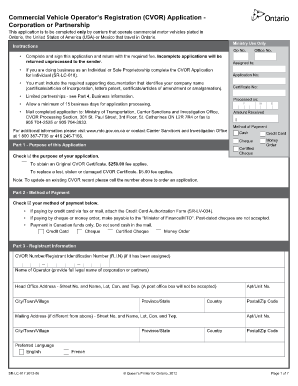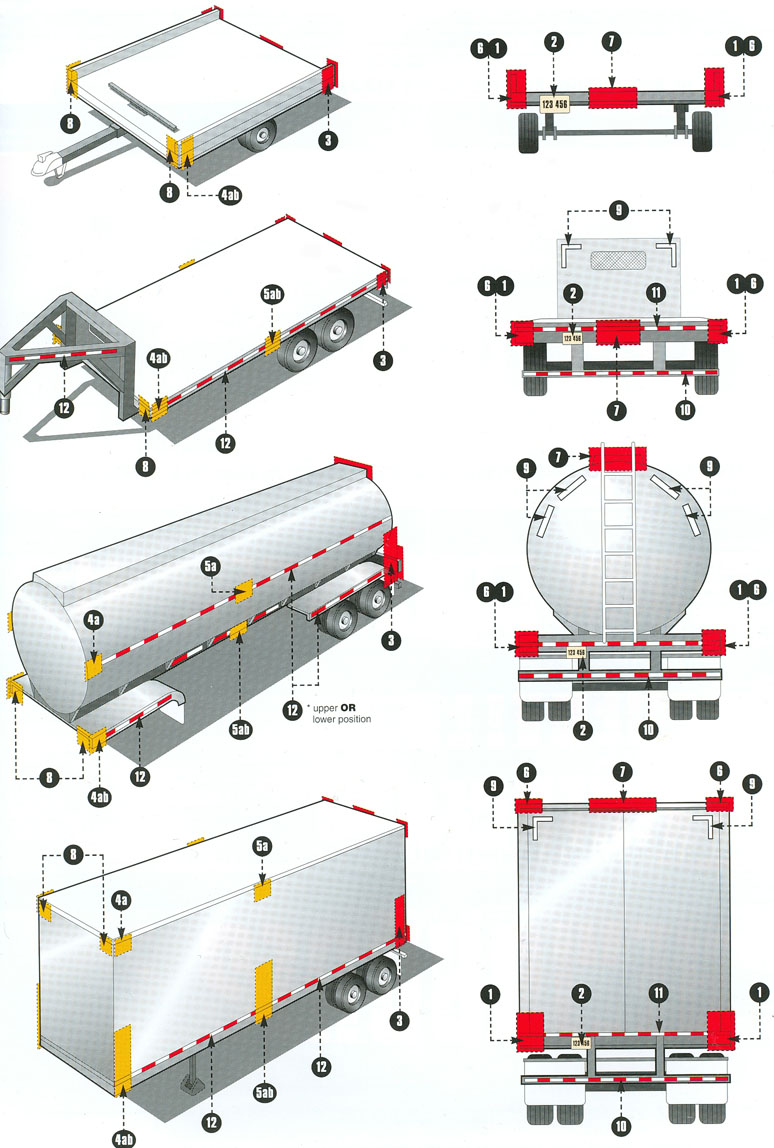
Click here to report a Broken Link
As government sites are frequently updated please shoot me off a quick email to report a broken link. Thanks, Tammy
***always check the source information on the official Ministry of Transportation | ontario.ca website
Have you heard about Ontario’s new Emission and Safety Program: DRIVEON?
Learn about the new emissions and safety inspection program for heavy-duty diesel commercial, light-duty and passenger motor vehicles.
The new program came into effect August 1, 2024 for heavy duty vehicles (although some garages are still on the old paper based program if they have not received their testing equipment quite yet). The new program requires all safeties be done digitally, pictures of your vehicle/compliance label/plate as well as tires and brake material at a minimum will be taken and received by Parsons/MTO. Your safety information will be available to you online as well as Service Ontario having immediate access to information directly to allow you to get your plate validation stickers (previously you only needed a valid emission test, now you need both a valid safety and emission test).
Please be sure to check your vehicles compliance labels as they need to be legible in order to get a picture and scan the barcode. This is also required on trailers, you must have something indicating your VIN. If you do not, please go to Service Ontario and get a validation sticker that can be applied to your trailer. For vehicle compliance labels please contact your dealer. these can take some time to come in so be sure to order them early. Not having this information available on your vehicles/trailers will delay you getting a safety. Light duty/passenger vehicles come into effect at the end of 2024.
Click this link to access your vehicle information by vin
Do I need a yellow sticker for my commercial vehicle?
Link to Ontario Official Site for all current information
Any commercial vehicles that are being used to transport cargo or has a trailer in tow with the total gross weight exceeding 4,500 kg
RGW (registered gross weight) on the right side of ownership, what weight you pay for your license to be on the roads (you determine this weight by your cargo) or
MGVWR (manufacturers gross vehicle weight rating – located on door sticker)
OR the combined weight of the vehicle and towed trailer/converter dolly exceeding 4,500 kg or 9,920 lbs will require a yellow sticker.
Exemptions
You do not need an annual or semi-annual safety inspection for:
buses with manufacturer’s gross vehicle weight ratings of 4,500 kg or less and used for personal use
pick-up trucks and trailers drawn by pick-up trucks that meet all of these conditions:
☞the vehicles are used for personal purposes without compensation
☞the vehicles are not carrying commercial tools or cargo, or equipment of a type normally used for commercial purposes
the pick-up truck has a manufacturer’s gross vehicle weight rating (GVWR) of 6,500 kg or less and is fitted with either the original, unmodified box that was installed by the manufacturer or an unmodified replacement box that duplicates the one originally installed by the manufacturer
MTO Commercial Plate Fee Calculator
This fee calculator is for commercial, farm, school bus and bus owners to determine their registration fees. Fees subject to change without notice.
CVOR
Commercial vehicle operators in Ontario must have a valid Commercial Vehicle Operator’s Registration (CVOR) certificate and carry a copy. The CVOR system monitors commercial carrier safety to improve road safety for all road users.
CVOR
Ontario’s Electronic Logging Device Mandate
Ontario has implemented an education and awareness period from June 12, 2022 through to January 1, 2023 (without penalties). This approach has been taken to support industry in the successful transition to ELDs while aligning with the enforcement of the federal ELD regulations as advised by the Canadian Council of Motor Transport Administrators.
Hours of Duty/Circle Checks
The hours-of-service regulations apply to drivers of the following types of vehicles:
- Commercial motor vehicles having gross weight or registered gross weight over 4,500 kilograms
- Buses, school buses and school-purposes buses
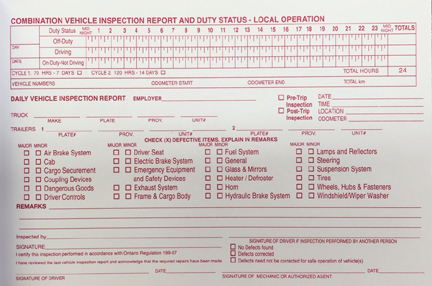
Daily Trip Inspection
Drivers play an important part in making sure that trucks and buses using Ontario highways are in good operating condition. The most effective method for drivers to determine that their vehicle is in safe operating condition is to do a daily vehicle inspection (also known as a circle check or a pre-trip inspection) before starting the day’s trip.
Not only is it good safety practice, the daily inspection is a requirement of the Highway Traffic Act. Drivers must, by law, inspect their vehicles and be capable of determining if they are in a safe operating condition. A driver is required to complete a vehicle inspection every 24-hour period and monitor the vehicle’s condition throughout the trip.
A driver is not permitted to drive a truck unless they or another person, within the previous 24 hours, have conducted a Schedule 1 inspection of the vehicle and completed an inspection report.
The inspection is conducted in accordance with an inspection schedule. The schedule provides a list of vehicle systems and components that a driver is required to inspect, and provides a list of defects to guide and assist the driver.
The inspection schedule divides defects into two categories: major and minor. When a minor defect is identified, the driver must record the defect on the inspection report and report the defect to the operator. Drivers are not permitted to drive a vehicle with a major defect.
Drivers must carry both the current inspection report and the inspection schedule. Electronic reports and schedules are permitted.
The circle check or daily inspection in this book shows the absolute minimum inspection that must be performed as part of the driver-testing procedure. For the full inspection schedules outlining all major and minor defects, which all commercial vehicle drivers are required to complete daily, refer to the Ontario Regulation 199/07 “Commercial Motor Vehicle Inspections” in the Highway Traffic Act at www.e-laws.gov.on.ca. For additional information on how to perform a daily inspection in accordance with Regulation 199/07, go to www.ontario.ca and type the following information into the search box: “Trucks and Buses, Commercial Vehicle Operators’ Safety Manual”. On the Trucks and Buses page, type “Module 8” in the search box.
Upon identifying a safety defect, found either during the daily inspection, or during the trip itself, you must report the condition of the defect to the operator as soon as possible. Major defects must be repaired before you operate the vehicle again.
In cases where serious infractions are discovered, the vehicle is taken out of service. For less serious infractions, such as broken clearance lights, drivers should report the condition to the operator so that repairs can be made in a timely manner.
The most common reason for taking a commercial vehicle out of service is for out-of-adjustment air brakes. Other reasons include insecure loads, defective lights or tires, and broken springs. Therefore, it is very important that drivers also complete a proper air brake pre-trip inspection as described in The Official MTO Air Brake Handbook before starting the day’s trip. In addition to being unsafe, out-of-adjustment air brakes may result in a vehicle being detained and the operator’s CVOR certificate may be cancelled or suspended.
Note: You cannot adjust your own air brakes unless you have either completed an approved air brake adjustment course or you are a certified mechanic.
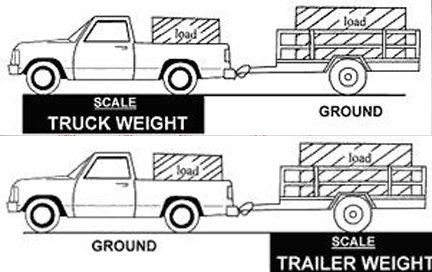
Registered Gross Vehicle Weight
Current as of Jan 2016: as always check the source at: http://www.mto.gov.on.ca/english/trucks/commercial-vehicle-faq.shtml#a15
Q16: How do I determine registered gross weights for trucks towing trailers?
The registered gross weight (RGW) determines the fee paid for commercial licence plates (black and white). The truck’s RGW is based on and must be at least equal to the actual weight of the truck, or the truck, trailer(s) and load(s).
The RGW is indicated in kilograms (kg) on the right portion (plate portion) of a truck’s ownership, to the right of “REG. GROSS WT.” One kilogram equals 2.204 pounds and one pound equals 0.4536 (kg).
A trailer permit does not have a RGW. Generally the weight of a towed trailer and its load are added to the RGW of the truck. Load includes the driver, passengers, fuel, equipment, tools, cargo, equipment, etc. carried in the truck and trailer.
“Truck” includes pickups and business-type vans with commercial licence plates. Farm plated trucks are subject to the same RGW rules.
Light trailers that transmit to the highway a total weight of 2,800 kilograms (6,173 lb.) or less are not included in determining registered gross weight.
Registered Gross Vehicle Weight - Light Duty
The hours-of-service regulations apply to drivers of the following types of vehicles:
- Commercial motor vehicles having gross weight or registered gross weight over 4,500 kilograms
- Buses, school buses and school-purposes buses
Safety Standards - Getting your there safe!
Ontario takes road safety very seriously and uses a variety of methods to make sure all road users can get themselves and their goods to their intended destination safely. Learn more about the safety requirements for commercial motor vehicles operating in Ontario.
Commercial vehicle safety requirements | ontario.ca
R.R.O. 1990, Reg. 611: SAFETY INSPECTIONS (ontario.ca)
The Official Ministry of Transportation (MTO) Truck Handbook | ontario.ca
The Official Air Brake Handbook | ontario.ca
Electronic logging devices for commercial motor vehicles | ontario.ca
Get an oversize/overweight permit | ontario.ca
Driving and roads | Ontario.ca
Safety Standards
Safety inspections
Commercial vehicles must be inspected regularly to ensure they are safe to drive. There are different types of inspections:
- safety standards certificate, annual, and semi-annual inspections must be completed by a licensed motor vehicle inspection technician at an inspection station that is licensed by the Ministry of Transportation
- preventative maintenance inspections must be part of an operator’s maintenance plan and schedule, and must be done by a qualified technician at prescribed intervals
- daily inspections completed by the driver or other person on behalf of the operator
Safety standards certificate inspections
You will need a safety inspection anytime you:
- register a rebuilt motor vehicle
- transfer a used motor vehicle to a new owner as fit
- register a motor vehicle in Ontario that was previously registered in another province or country
- change the status of a vehicle from unfit to fit
If your vehicle passes the inspection you will be given a safety standards certificate and a vehicle inspection report as proof.
Exemptions
You do not need an annual or semi-annual safety inspection for:
- buses with manufacturer’s gross vehicle weight ratings of 4,500 kg or less and used for personal use
- pick-up trucks and trailers drawn by pick-up trucks that meet all of these conditions:
- the vehicles are used for personal purposes without compensation
- the vehicles are not carrying commercial tools or cargo, or equipment of a type normally used for commercial purposes
- the pick-up truck has a manufacturer’s gross vehicle weight rating (GVWR) of 6,500 kg or less and is fitted with either the original, unmodified box that was installed by the manufacturer or an unmodified replacement box that duplicates the one originally installed by the manufacturer


Highway Traffic Act
The almighty Highway Traffic Act Bible
Not a fun read, but important to keep you legal
Have fun!!
Conspicuity Treatment
IN CANADA: Manufacturers and importers of vehicles must have the proper certification test records demonstrating compliance of lighting components with all prescribed requirements.
